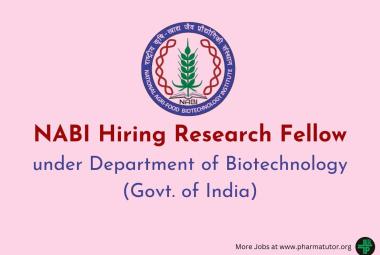A protein that helps regulate calcium signaling within heart cells could play a key role in preventing chronic heart failure, according to an international study led by University of Utah Health scientists. The researchers say disruption in the signaling pathway for this protein, VDAC2, causes severe impairment of heart cell contraction, making it harder for the heart to deliver blood to the body. The finding suggests that drugs and other therapeutic treatments targeting VDAC2 could eventually help alleviate heart failure.
“Based on our human and labratory research, it appears that If VDAC2 is not working properly, then everything in the heart can cascade downward from there,” says Stavros Drakos, Professor of Medicine, Director of Cardiovascular Research for the Division of Cardiology at U of U Health, and senior author of the study. “If we can figure out ways to help this protein do its job again, then it’s possible that we might be able to address heart failure far earlier in the disease process.”
Scientists have long known that calcium—the mineral that keeps your teeth and bones strong—plays a vital role in the heart. Between heart beats, calcium levels in heart muscle cells (called myocytes) diminish, allowing the cell to relax. During contraction, a large amount of calcium surges out of a small cellular structure called sarcoplasmic reticulum, causing the cell to contract. It’s this constant ebb and flow of calcium in and out of the inner fluid of heart muscle cells that is critical to keep the heart beating.
Researchers also know that an organelle called mitochondria, relies on calcium to help produce biochemical energy that keeps cells alive. Mitochondria communicates with the sarcoplasmic reticulum, but its specific role in calcium signaling and thus cardiovascular health isn’t well understood.
In their study, Drakos and colleagues sought to get a better understanding of mitochondria’s role in the calcium cycle within heart cells. In earlier research with human heart tissue from heart failure patients, they detected a positive correlation between improved heart function and VDAC2 activity, a protein on the outer membrane of the mitochondria that allows calcium to flow into the mitochondria. As a result, they suspected that VDAC2 could play an important role in this disease.
In laboratory mice, they disabled, or knocked out, VDAC2. Without it, calcium flow in the mitochondria was severely impaired, and heart cells couldn’t beat properly. The mice also developed enlargement of the heart’s left ventricle or pumping chamber. This condition, called dilated cardiomyopathy, made it harder for the heart to pump blood and eventually led to heart failure and death.
Specifically, the researchers found that VDAC2 interacts with a pair of proteins in the sarcoplasmic reticulum. Hindering this protein-to-protein communication leads to impaired cellular calcium signaling and heart failure. However, restoring VDAC2 in knock-out mice reversed many of the effects of heart failure, including reduced swelling of the left ventricle, and prevented death.
In other experiments with mice that are genetically prone to develop heart failure, the researchers found that an experimental drug called efsevin, which binds to VDAC2 and increases mitochondrial calcium uptake, improved cardiovascular health. The scientists say this suggests that efsevin and other drugs that target VDAC2 are good drug candidates for further testing as treatments for heart failure.
“Our study shows the importance of VDAC2 in normal cardiac function,” says Thirupura Sundari Shankar, lead author of the study and a graduate PhD student in the Drakos lab. “Through this unique role, VDAC2 emerges as a potential therapeutic target for heart failure patients.”








